
by Irene Wang on Aug 27, 2024 | Tags: Conference, Mentoring, uarch, Workshop
The 6th annual Undergraduate Architecture Mentoring (uArch) Workshop was co-located with the International Symposium of Computer Architecture (ISCA) 2024, hosted in Buenos Aires, Argentina. As with the previous year, uArch was conducted in a hybrid format, combining...
Read more...

by Irene Y. Zhang on Aug 23, 2024 | Tags: Diversity, Harassment
Note: This is a republication of the blog post from the author’s website: https://irenezhang.net/news and the post from SIGOPS blog: https://www.sigops.org/2024/the-moral-implications-of-being-a-moderately-successful-computer-scientist-and-a-woman/ I recently...
Read more...

by Dan Sorin, Vijay Nagarajan, Sandhya Dwarkadas, Rajeev Balasubramonian on Aug 19, 2024 | Tags: Conference, Reviewing
Good news: The computer architecture community is growing! Submissions to major conferences have increased substantially in recent years, including just under 500 submissions to MICRO 2024. This growth reflects the vibrancy in our field, continued expansion of what...
Read more...
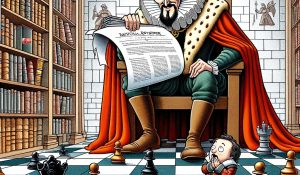
by Karu Sankaralingam on Aug 2, 2024 | Tags: Reviewing
Navigating the labyrinthine corridors of academic publishing, authors often encounter three formidable guardians, each with their unique, sometimes perplexing, approach to gatekeeping. These are the Confused Reviewer, the Rational Reviewer, and the Lazy Reviewer....
Read more...
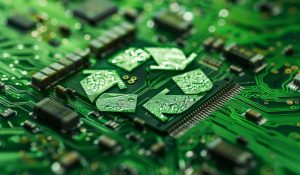
by Carole Jean-Wu, Tamar Eilam, Babak Falsafi, Gage Hills, and Srilatha Manne on Aug 1, 2024 | Tags: Sustainable Computing
Digital technologies have enabled a plethora of new applications that have unlocked significant economic growth and improved the quality of many aspects of our lives. Despite the positive societal benefits, as computing becomes increasingly ubiquitous, so does its...
Read more...
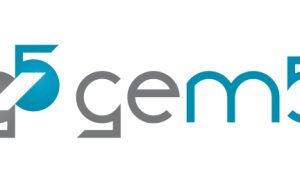
by Jason Lowe-Power on Jul 26, 2024 | Tags: gem5, Simulators
It’s been almost 5 years since the last post on the SIGARCH blog about gem5. In that post, we talked about improving community outreach, providing a simpler interface to get started with gem5, and adding support for full machine learning stacks. I’m excited to say...
Read more...

by Friends, Colleagues, and Students of Arvind on Jul 24, 2024 | It is with a heavy heart that we write to share the news that on June 17th 2024, we lost our beloved colleague, mentor, and friend Arvind. Arvind passed away at 77 years old, after an illness he was being treated for took a sudden turn for the worse. Arvind...
Read more...

by Gururaj Saileshwar on Jul 19, 2024 | Tags: Conference
ISCA 2024 that recently concluded in Buenos Aires was a historic event. For the first time in its 50+ years of existence, ISCA was organized in Latin America. The conference organizers, led by general chairs (GCs) Augusto Vega and Esteban Mocskos, worked diligently to...
Read more...
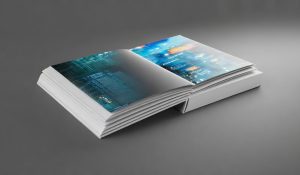
by David Kaeli on Jul 10, 2024 | Tags: Journal, Publications
ACM Transactions on Computer Architecture and Code Optimization (TACO) was established in 2003, with Dean Tullsen and Brad Calder as the Founding Co-Editors-in-Chief. Over the past 20 years, the journal has served as a high-quality platform for rapid dissemination of...
Read more...
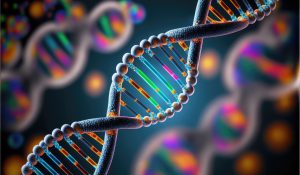
by Teague Tomesh, Colin Campbell, Sid Ramesh, Alexander Pearson, Samantha Riesenfeld and Fred Chong on Jun 28, 2024 | Tags: Quantum Computing
Quantum hardware has made significant advances in the last few years, but finding compelling applications with practical quantum advantage has been challenging. In today’s article, we argue that real applications will be a hybrid combination of quantum and classical...
Read more...












